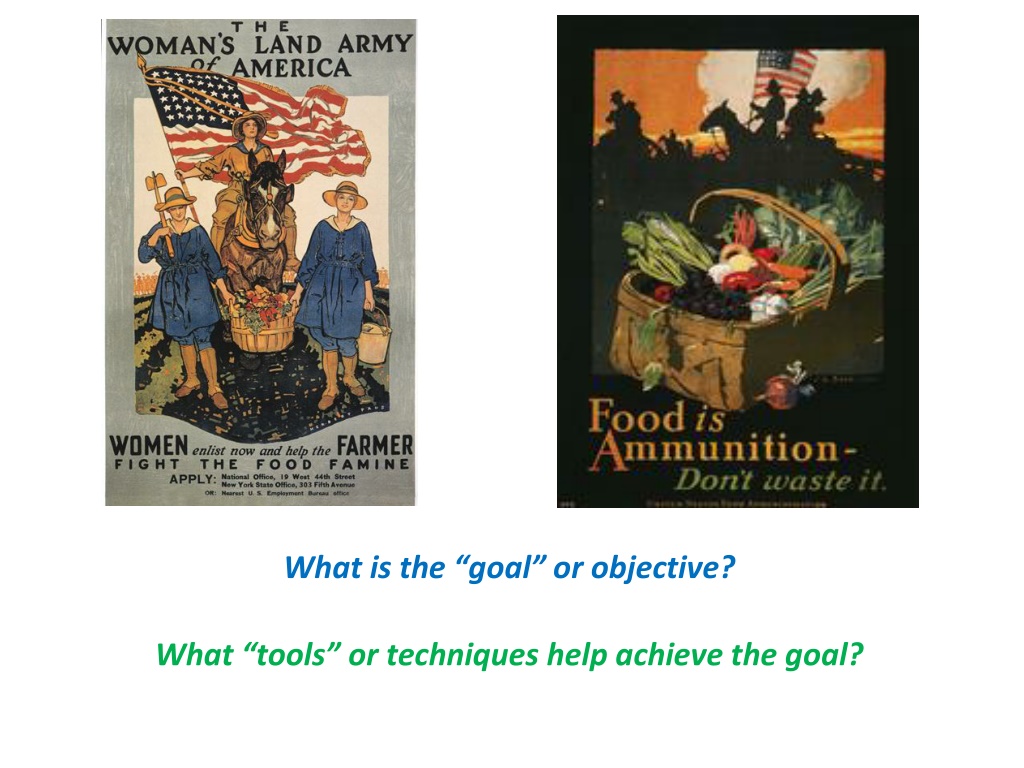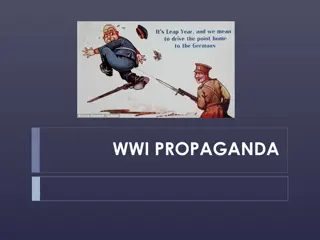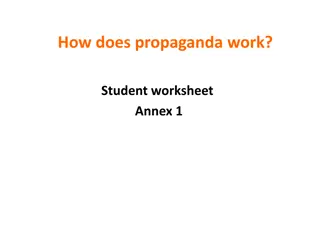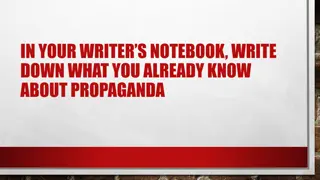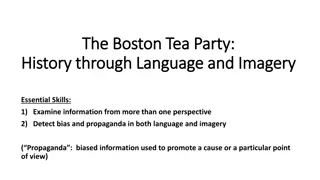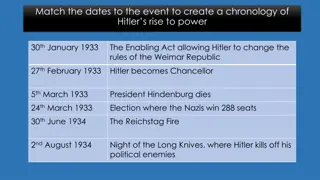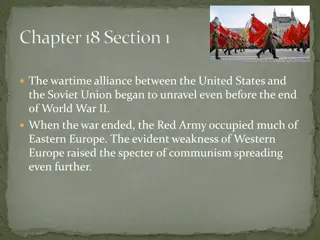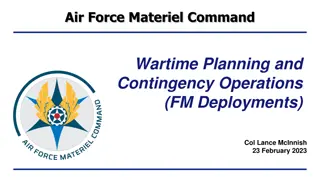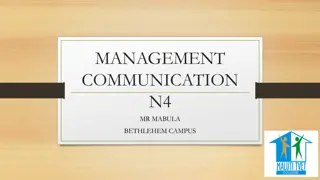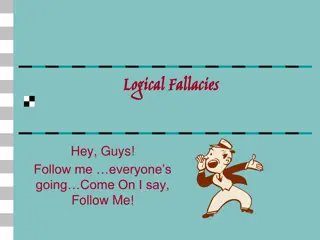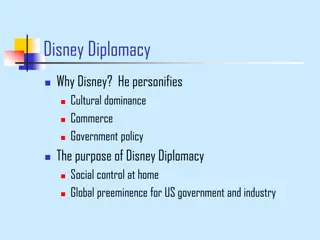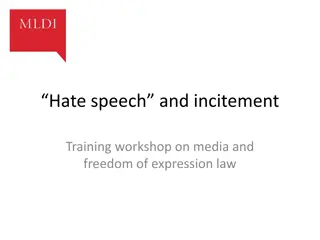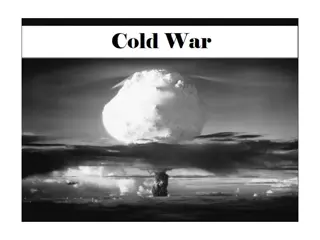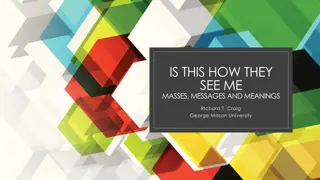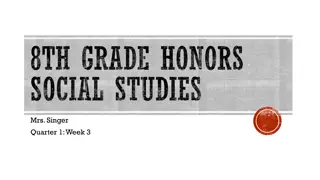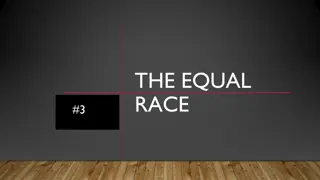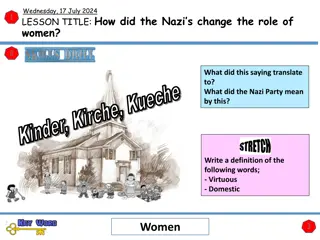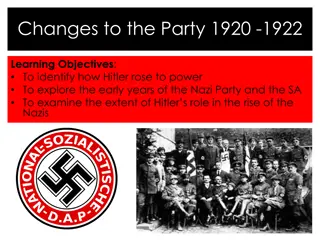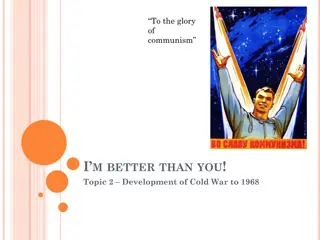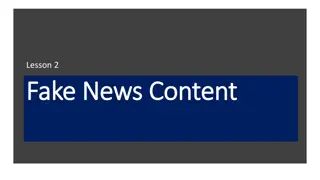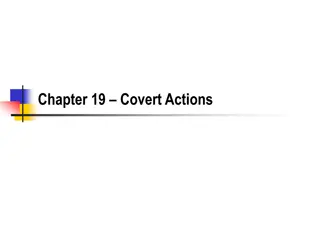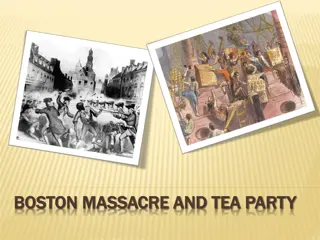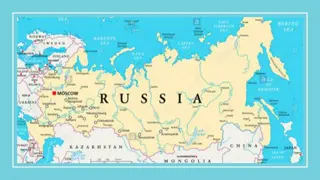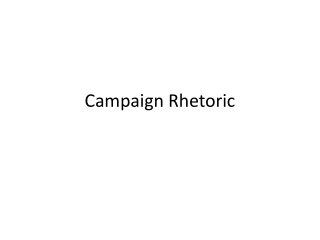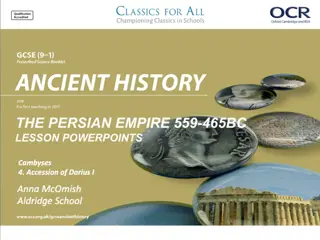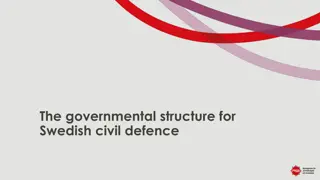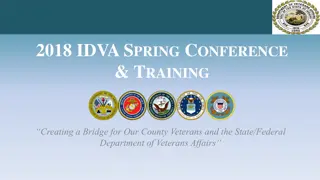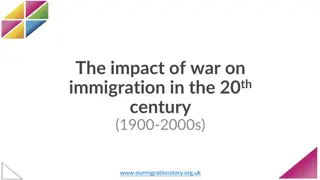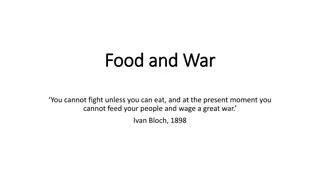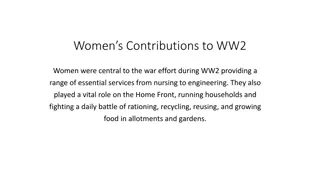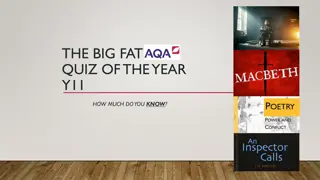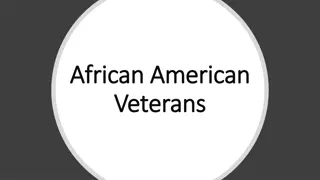Analyzing Wartime Propaganda Objectives and Techniques
Explore the objectives and tools utilized in wartime propaganda, including recruitment of soldiers, financing war efforts, unifying nations behind a cause, resource conservation, and fostering home-front support. Delve into common techniques like demonization, emotional appeals, name calling, patriotic appeals, half-truths or lies, catchy slogans, evocative symbols, and humor, all aimed at influencing public perception and action during times of conflict.
Download Presentation

Please find below an Image/Link to download the presentation.
The content on the website is provided AS IS for your information and personal use only. It may not be sold, licensed, or shared on other websites without obtaining consent from the author. Download presentation by click this link. If you encounter any issues during the download, it is possible that the publisher has removed the file from their server.
E N D
Presentation Transcript
What is the goal or objective? What tools or techniques help achieve the goal?
Propaganda Objectives and Tools Common Objectives of Wartime Propaganda List your own (personalized) explanation of the GOALS listed below Recruitment of soldiers, either through a draft or voluntary enlistment. Financing the war effort through the sale of war bonds loans from citizens to the government or new taxes. Eliminating dissent and unifying the country behind the war effort. Conservation of resources such as food, oil, and steel necessary to wage war. Participation in home-front organizations to support the war effort.
Common Tools Used in Wartime Propaganda What do these techniques look like? Demonization: This tool involves portraying the enemy as purely evil, menacing, murderous, and aggressive. The propagandist attempts to remove all confusion and ambiguity (uncertainty) about whom the public should hate. The enemy may be portrayed as a hairy beast or the devil himself. This tool becomes more powerful when the enemy can be blamed for committing atrocities against women, children, or other noncombatants. Emotional Appeals: This tool involves playing on people s emotions to promote the war effort. Since the strongest emotion is often fear, propagandists create their work based on the premise that the more frightened a person is by a communication, the more likely he or she is to take action. Thus, propagandists are careful to explain in detail the action that they want the consumer of the propaganda to carry out. Name Calling: This tool involves using loaded labels to encourage hatred of the enemy. Labels like Commies, Japs, and Huns reinforce negative stereotypes and assist propagandists in demonizing the enemy. Patriotic Appeals: This tool involves using patriotic language or symbols to appeal to people s national pride. Half-Truths or Lies: This tool involves deception or twisting the truth. The propagandist may attempt to include some element of truth in the propaganda to make an argument more persuasive. For example, blaming the enemy for complete responsibility for the war and portraying one s own country as a victim of aggression is a common propaganda tool. Catchy Slogans: This tool involves using memorable phrases to foster support for the war effort. For example, short phrases like Remember the Maine! and Remember the Alamo! have been very successful in motivating Americans to strongly support the use of arms against Spain and Mexico, respectively. Evocative Visual Symbols: This tool involves using symbols that appeal to people s emotions like flags, statues, mothers and children, and enemy uniforms to promote the war effort. Humor or Caricatures: This tool involves capturing the viewer s attention through the use of humor to promote the war effort. The enemy is almost always the butt of the jokes used by propagandists.
Propaganda Objectives and Tools Common Objectives of Wartime Propaganda Recruitment of soldiers, either through a draft or voluntary enlistment. Financing the war effort through the sale of war bonds loans from citizens to the government or new taxes. Eliminating dissent and unifying the country behind the war effort. Conservation of resources such as food, oil, and steel necessary to wage war. Participation in home-front organizations to support the war effort.
Common Tools Used in Wartime Propaganda Demonization: This tool involves portraying the enemy as purely evil, menacing, murderous, and aggressive. The propagandist attempts to remove all confusion and ambiguity (uncertainty) about whom the public should hate. The enemy may be portrayed as a hairy beast or the devil himself. This tool becomes more powerful when the enemy can be blamed for committing atrocities against women, children, or other noncombatants. Emotional Appeals: This tool involves playing on people s emotions to promote the war effort. Since the strongest emotion is often fear, propagandists create their work based on the premise that the more frightened a person is by a communication, the more likely he or she is to take action. Thus, propagandists are careful to explain in detail the action that they want the consumer of the propaganda to carry out. Name Calling: This tool involves using loaded labels to encourage hatred of the enemy. Labels like Commies, Japs, and Huns reinforce negative stereotypes and assist propagandists in demonizing the enemy. Patriotic Appeals: This tool involves using patriotic language or symbols to appeal to people s national pride. Half-Truths or Lies: This tool involves deception or twisting the truth. The propagandist may attempt to include some element of truth in the propaganda to make an argument more persuasive. For example, blaming the enemy for complete responsibility for the war and portraying one s own country as a victim of aggression is a common propaganda tool. Catchy Slogans: This tool involves using memorable phrases to foster support for the war effort. For example, short phrases like Remember the Maine! and Remember the Alamo! have been very successful in motivating Americans to strongly support the use of arms against Spain and Mexico, respectively. Evocative Visual Symbols: This tool involves using symbols that appeal to people s emotions like flags, statues, mothers and children, and enemy uniforms to promote the war effort. Humor or Caricatures: This tool involves capturing the viewer s attention through the use of humor to promote the war effort. The enemy is almost always the butt of the jokes used by propagandists.
